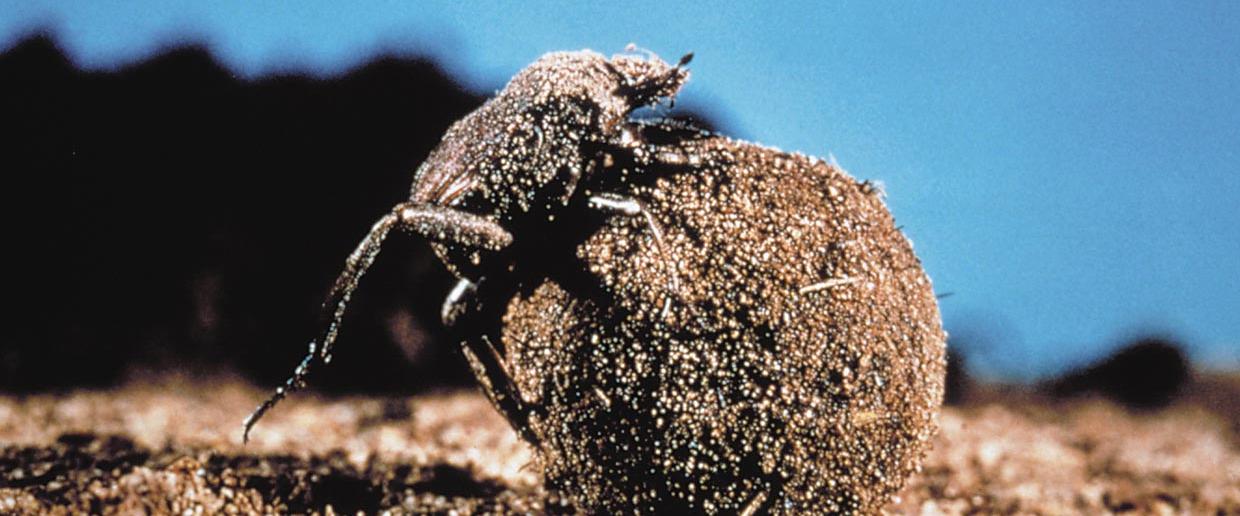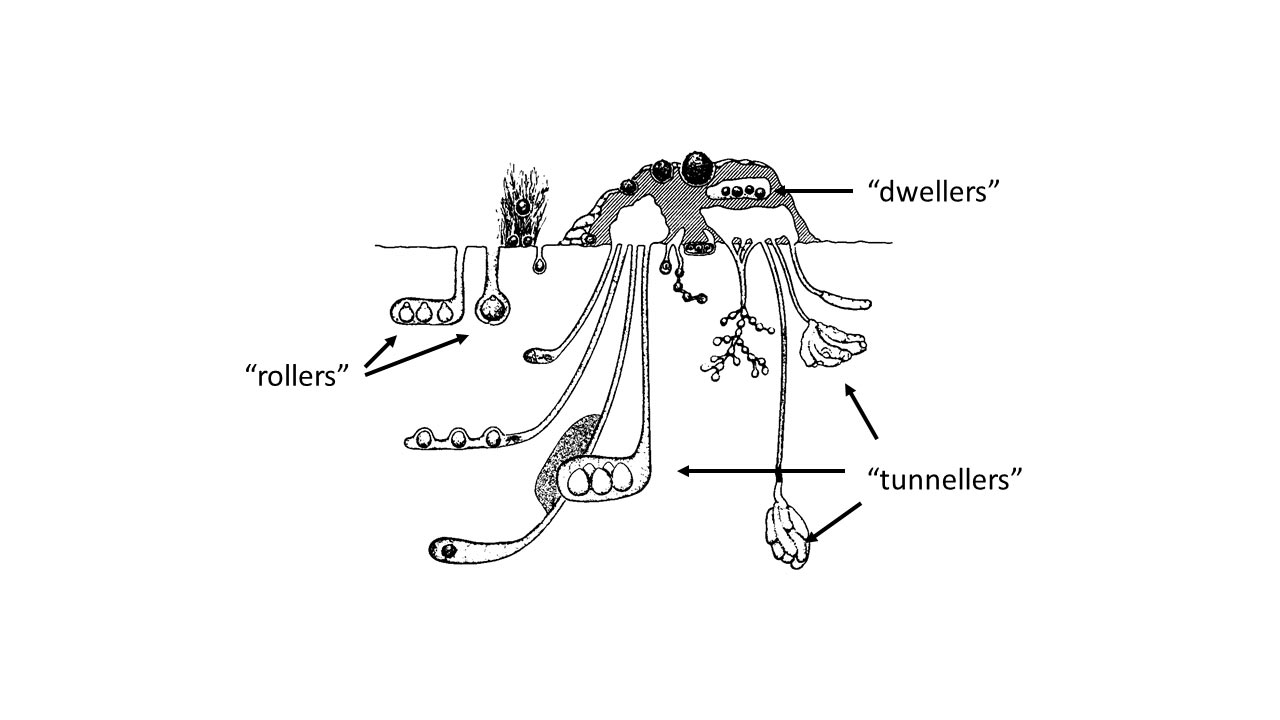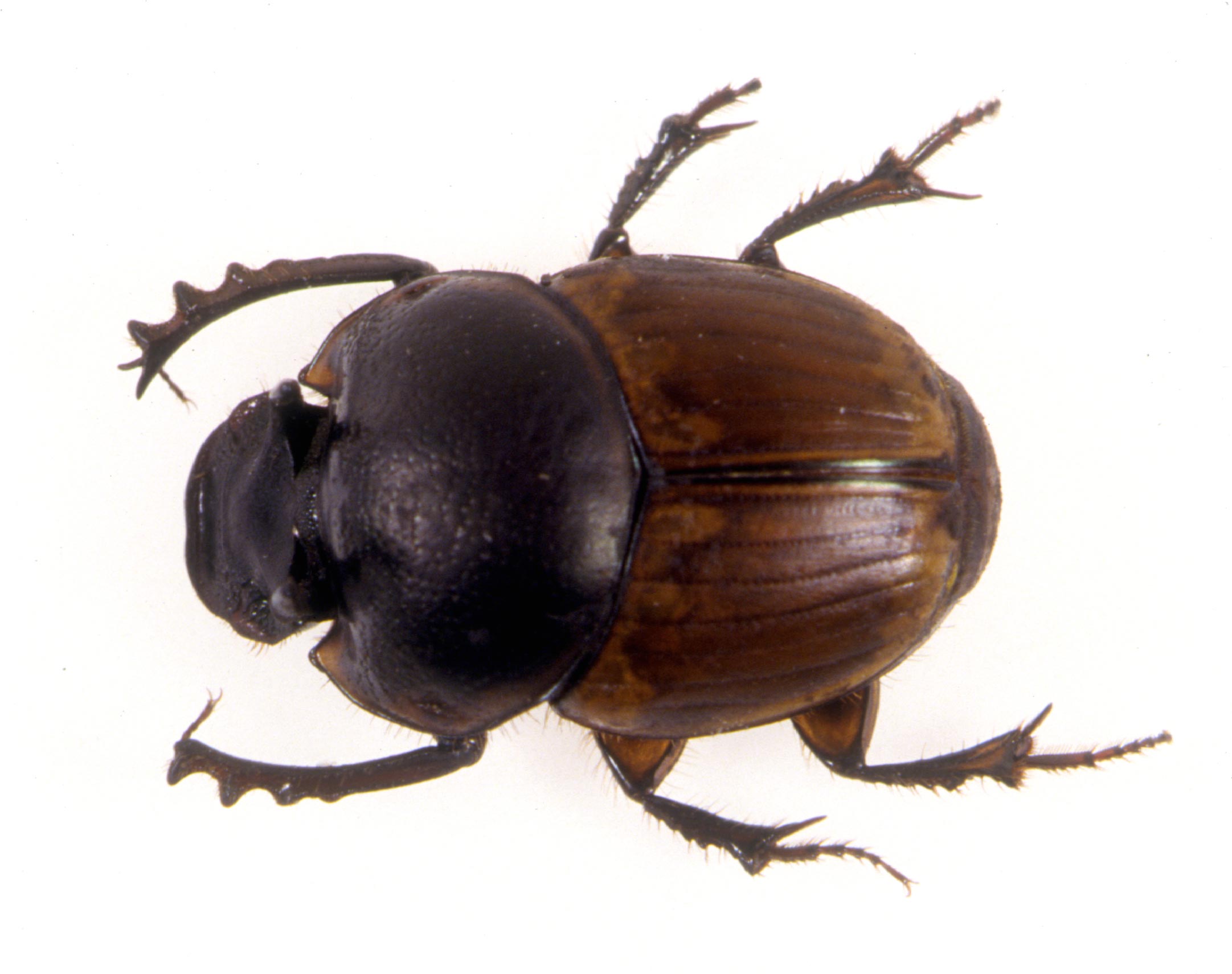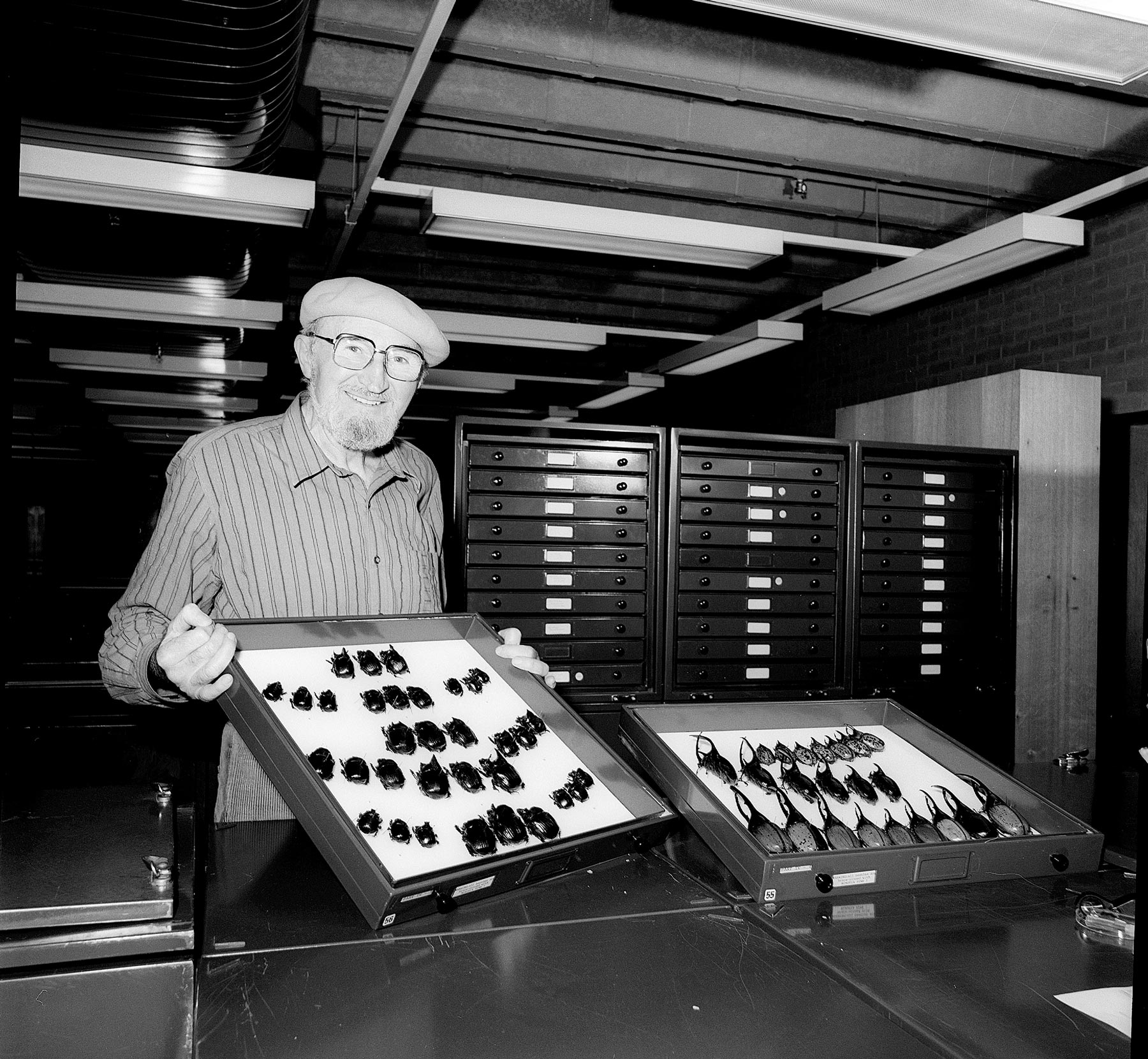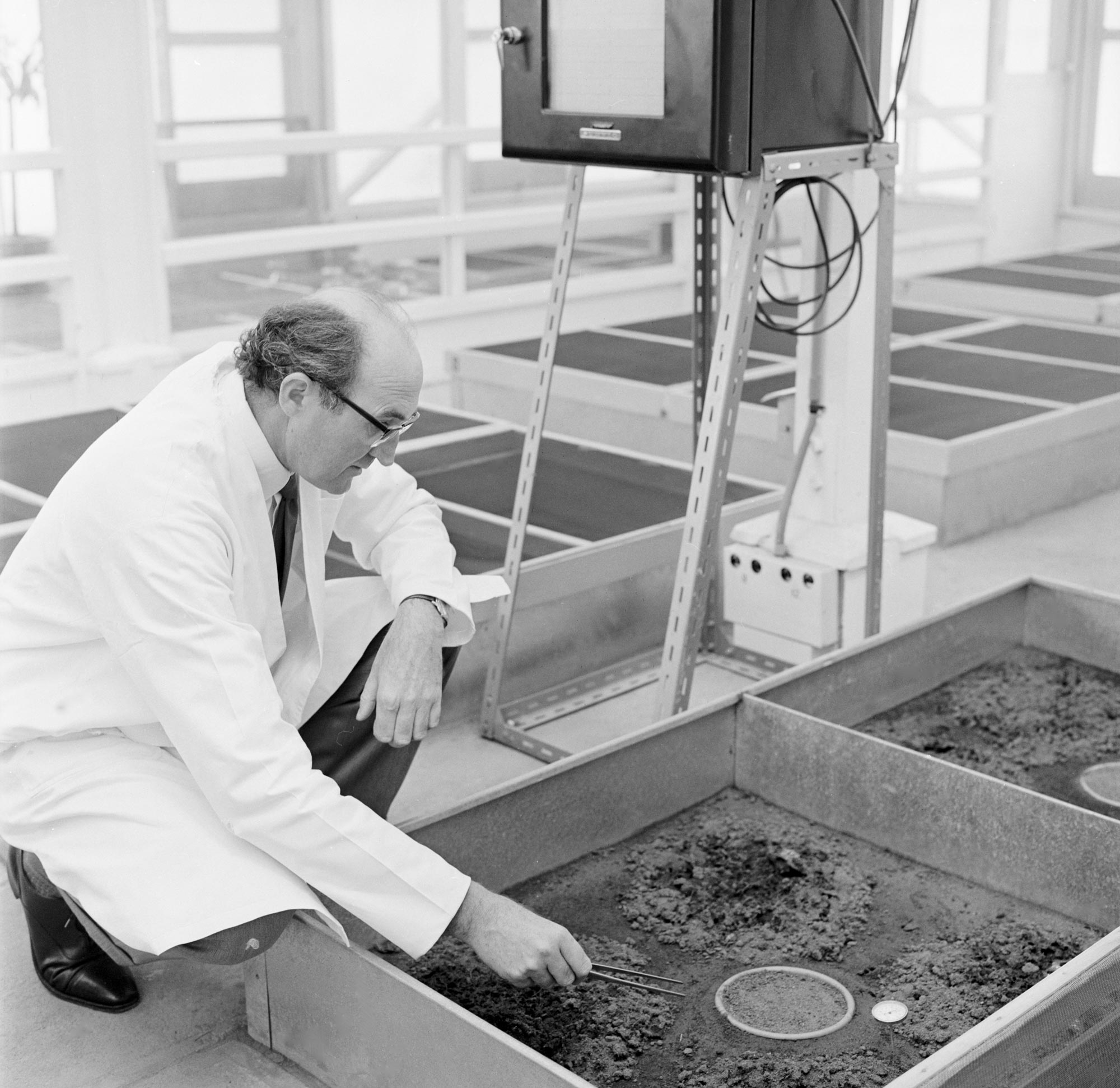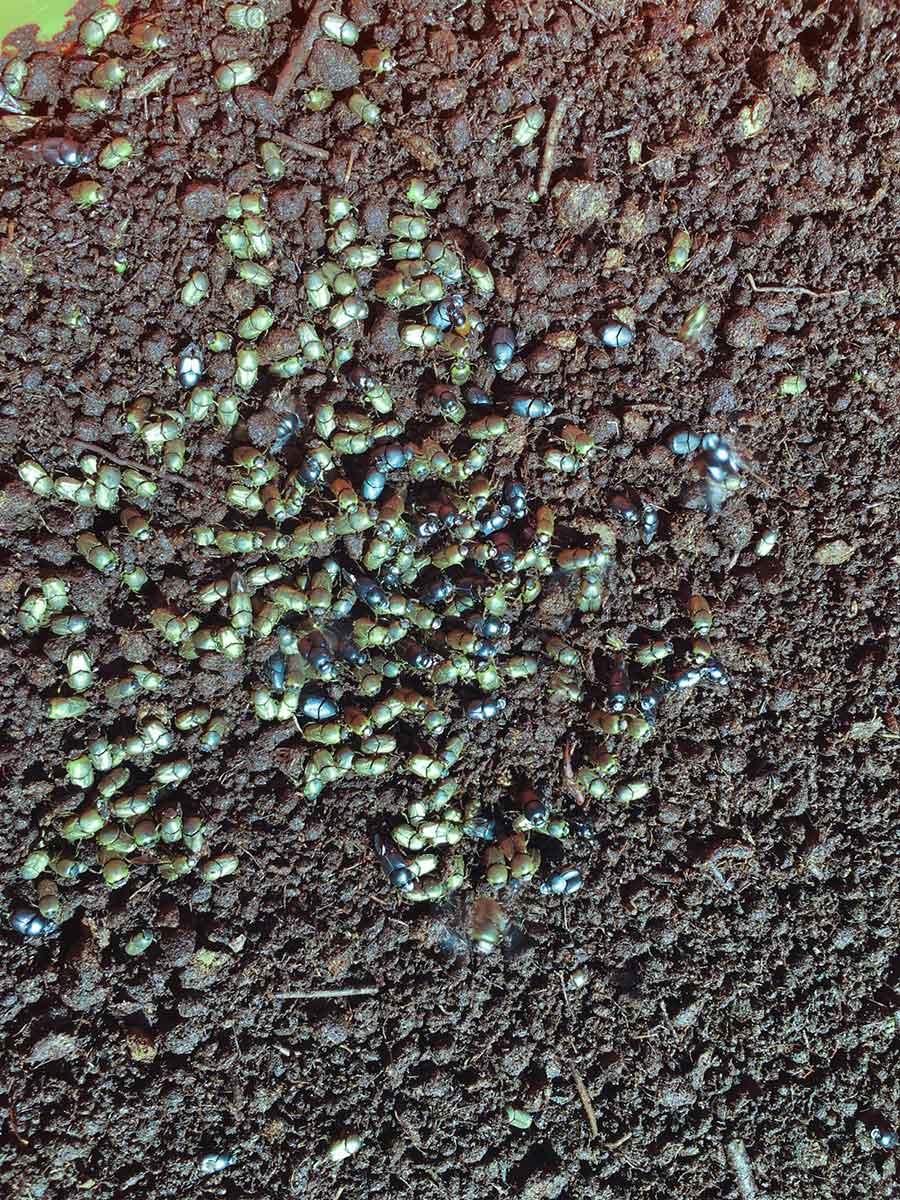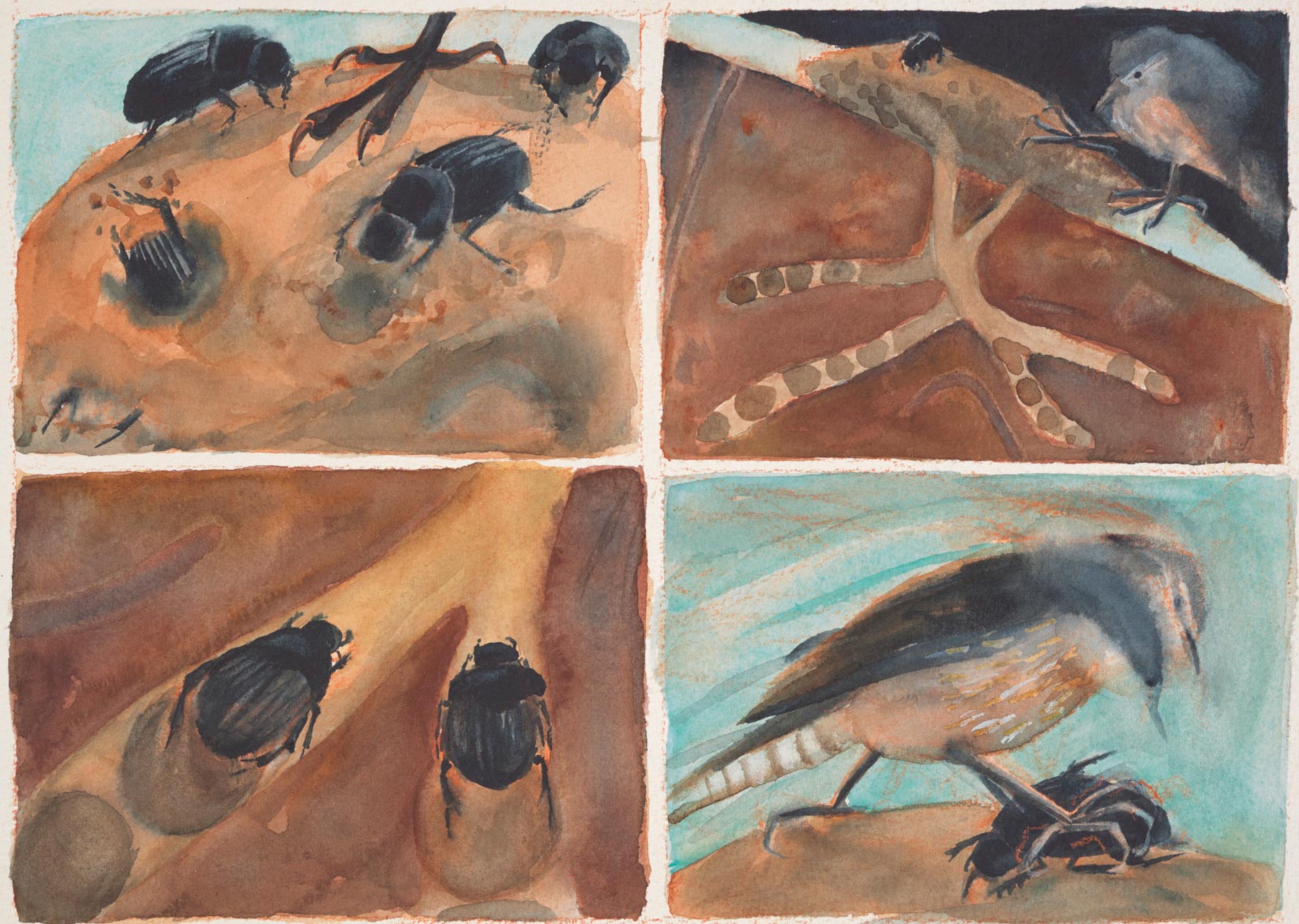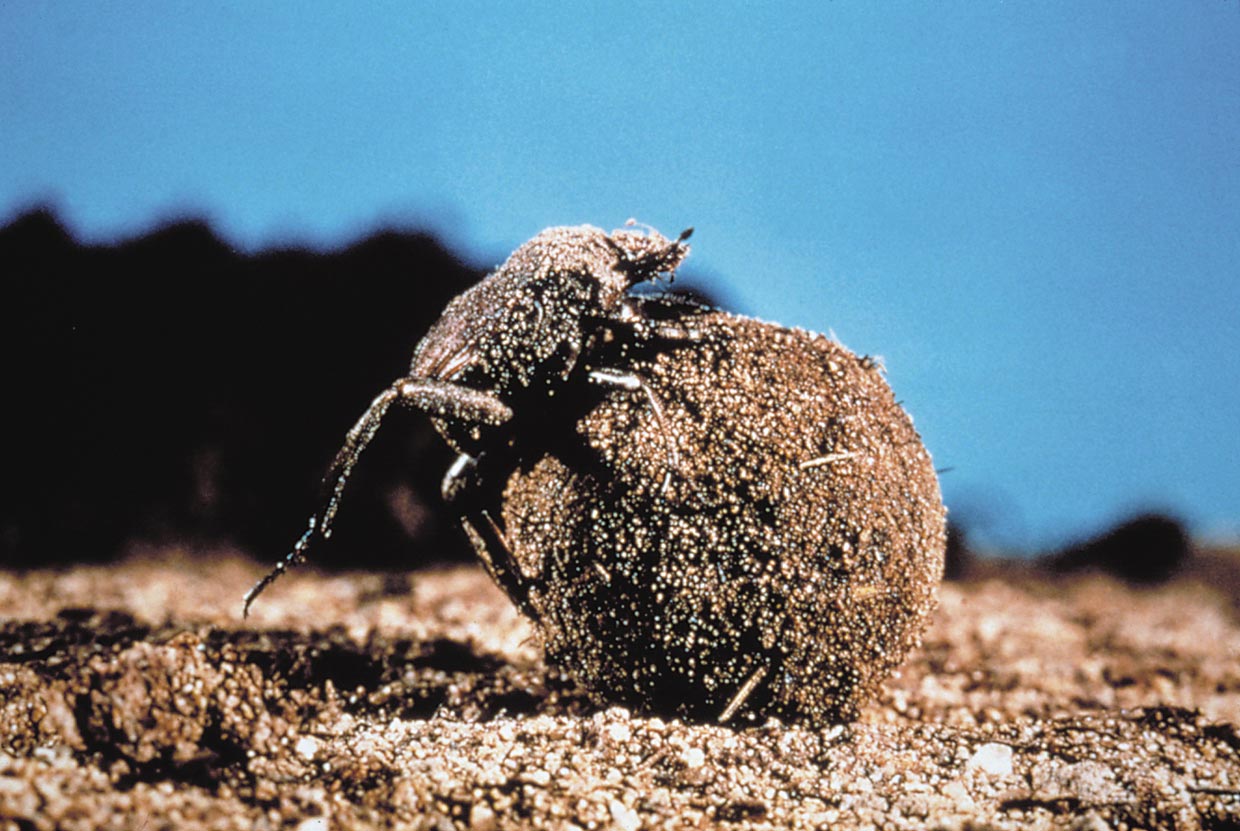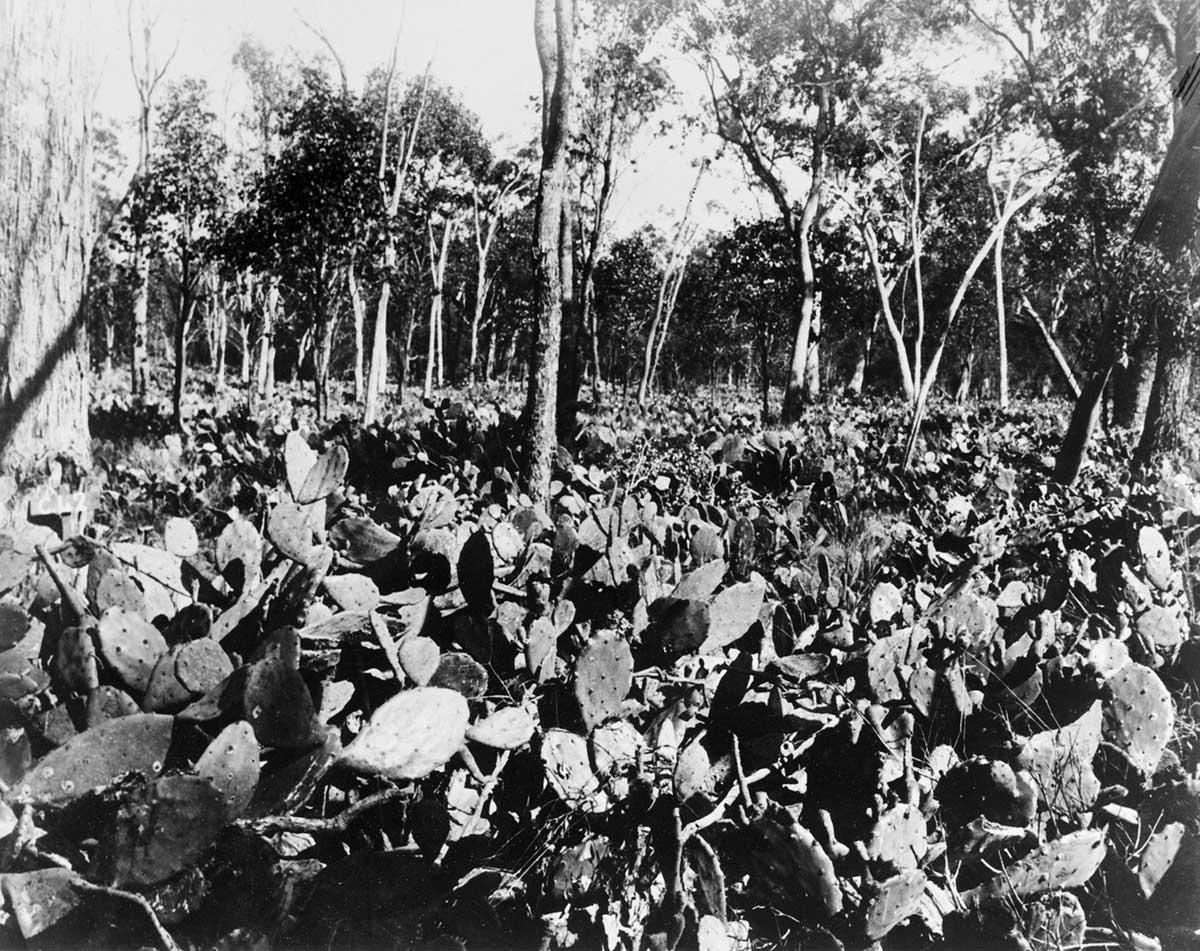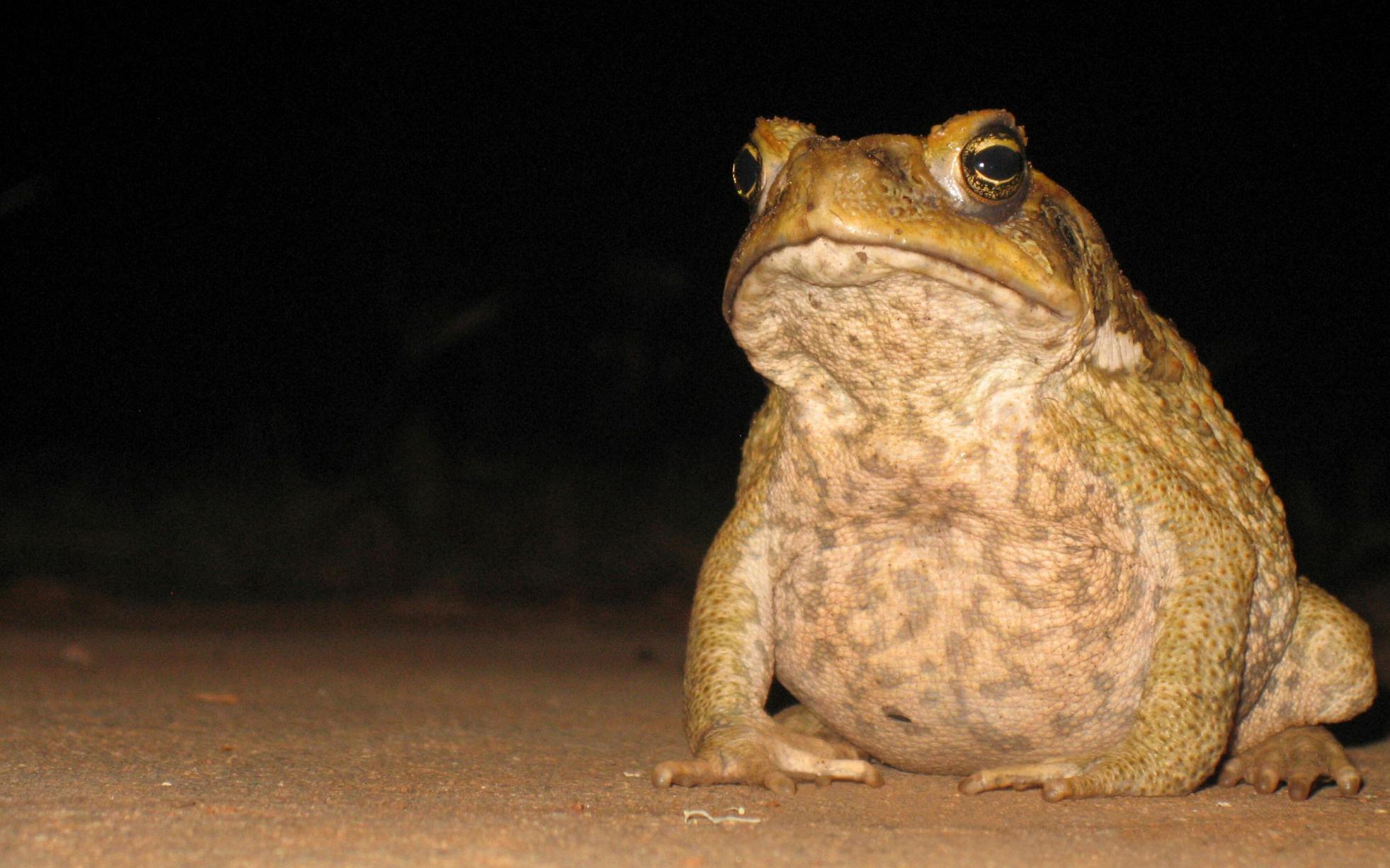‘One of God’s gifts to us as humans’
1968: Dung beetles introduced
‘One of God’s gifts to us as humans’
1968: Dung beetles introduced
Learning area
In a snapshot
Dung beetles were introduced in Australia to help control the number of buffalo and bush flies. The flies breed in unburied cow dung, but dung beetles bury the dung, which stops buffalo and bush flies from breeding.
The Australian Dung Beetle Project ran from 1964 to 1985. During this time, 55 species of dung beetle were imported into Australia from Hawaii, Africa and southern Europe.

 Can you find out?
Can you find out?
1. What do dung beetles do? Why is this important?
2. Where did Australia’s first introduced dung beetles come from?
3. Was the Australian Dung Beetle Project successful? Why?
Why are cow pads a problem in Australia?
The first cattle arrived in Australia with the First Fleet in 1788. Now there are about 28 million cattle around Australia. A cow makes about 12 cow pads per day. With over 28 million cattle across Australia in 2023, millions of tonnes of dung is produced each year.
Bush flies breed in unburied cow dung. Just one cow pad can host thousands of flies.
Buffalo flies also breed in unburied dung. These flies are small bloodsucking parasites which stick to the cow’s skin, causing sores and irritation. They are a serious pest which can reduce the value of beef and dairy cattle.
Research task
The introduction of dung beetles is an example of biological control. Find out if there have been other examples of this in Australia and whether they were successful.
What are dung beetles?
Dung beetles are hardworking insects that lay their eggs in dung balls and bury them in the soil. This stops buffalo and bush flies breeding in cow pads and at the same time enriches the soil. The tunnels dung beetles build help put air into the soil, so that rainwater can seep in. The tunnels also create a good environment for microbes and earthworms. As a result, dung beetles bring many benefits to grazing land.
More than 5000 different species of dung beetles exist around the world. Each species has adapted to the environment and the type of dung found there.
Australia has more than 500 species of native dung beetles. These beetles can break down the droppings of native marsupials. But only a small number of native dung beetle species can break up and bury cow pads.
Because cattle are found widely across Australia, different species of dung beetles are needed for each of the climatic zones.
‘I like to think of these dung beetles, that I’ve been involved with for 50 years, as one of God’s gifts to us humans, particularly living here in Australia.’
What was the Australian Dung Beetle Project?
Dr George Bornemissza, a Hungarian entomologist, arrived in Australia in 1950. He was amazed to see huge amounts of unburied cow dung lying in paddocks, which was polluting grazing land and breeding flies. Bornemissza suggested bringing in dung beetles from overseas to tackle this problem. In 1955 he joined the Commonwealth Scientific and Industrial Research Organisation (CSIRO), where he kept pushing this idea.
Research task
Research the Commonwealth Scientific and Industrial Research Organisation (CSIRO). What role does it play in Australia?
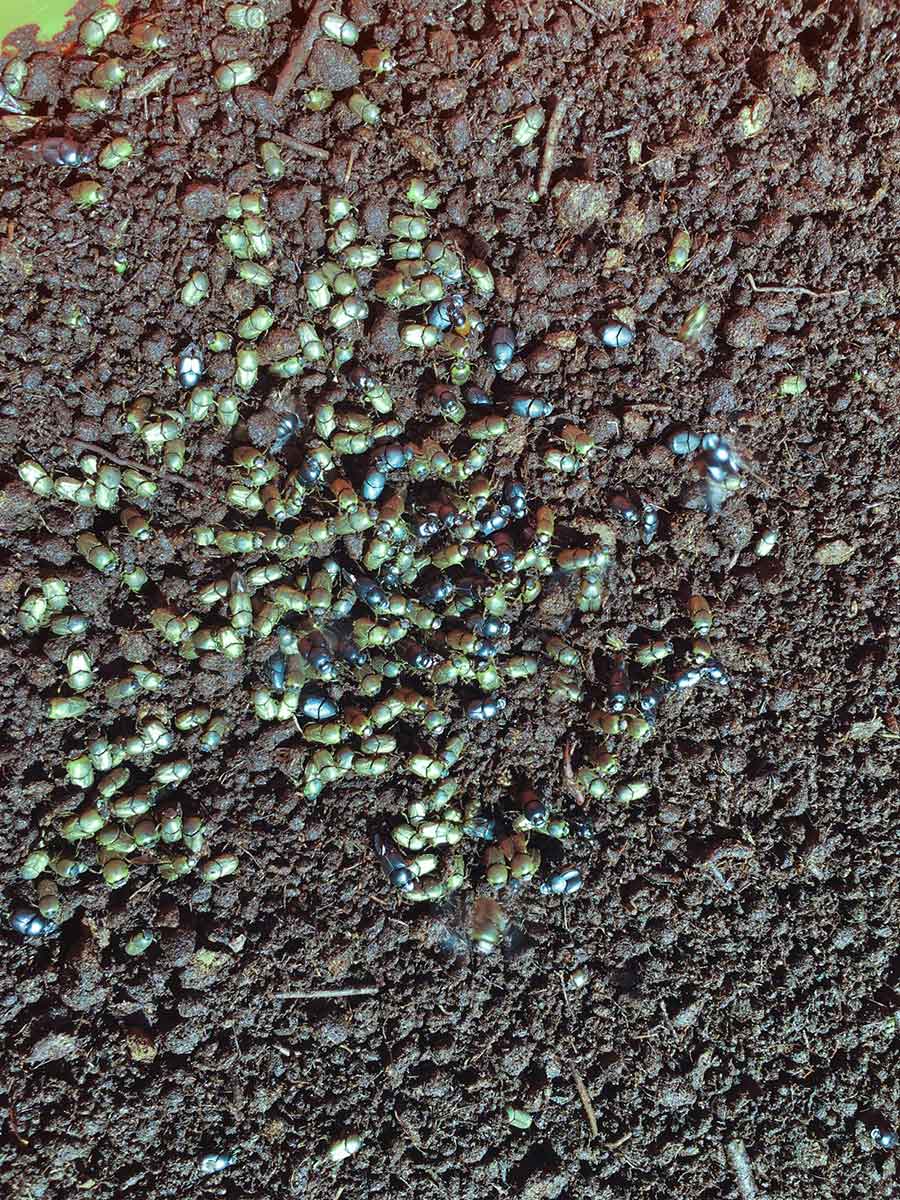
In 1965 the Australian Meat Research Committee started funding the Australian Dung Beetle Project. First Bornemissza travelled to Hawaii, where dung beetles from Africa and Mexico had been introduced to control horn flies. He chose seven species of dung beetles, and five species were released in Townsville in 1967. Three species were successful, which led to further funding.
From 1968 to 1970 the CSIRO asked cattle farmers between Broome in Western Australia and Townsville in Queensland to take part in the program. It released 275,000 beetles from four species, and three species were successful. More species were then introduced into southern Queensland and northern New South Wales.
‘The introduction of exotic dung beetles and their subsequent establishment in Australia is now history, and a very successful one at that. However, it fell short in filling all the climatic areas with their vast variety of habitats.’
How successful was the Australian Dung Beetle Project?
Funding for the project stopped in 1985, but two or three species of the introduced dung beetles are still active in Australia today. According to reports the number of bush flies has dropped by 90 per cent throughout Australia, which shows this project has been hugely successful.
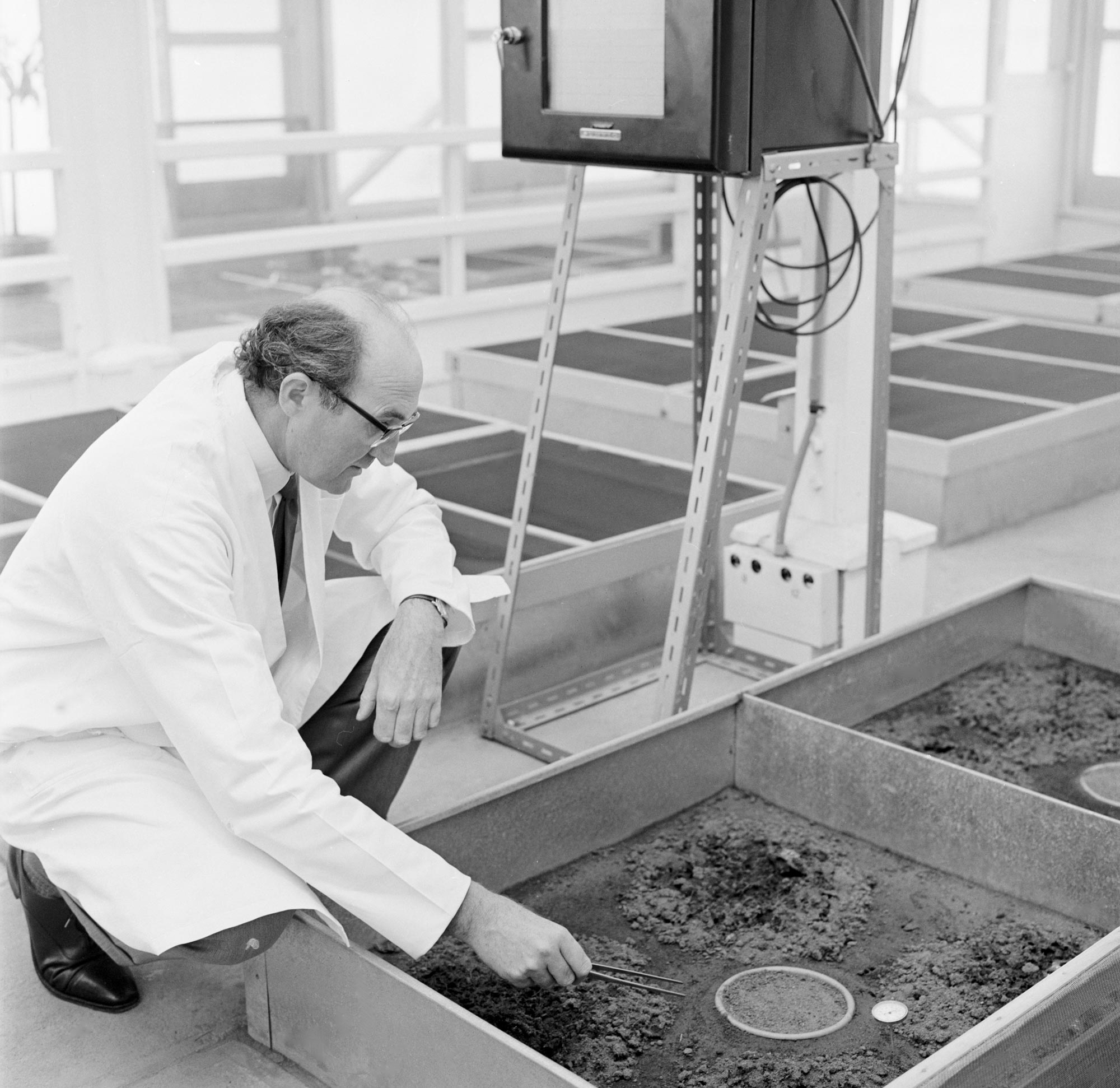
However introduced dung beetles do not live in all of Australia’s climatic zones. In 2014 a new species was introduced into Western Australia to try and fill some of these gaps.
In 2001 Bornemissza was awarded a Medal of the Order of Australia to recognise his important work in introducing dung beetles to Australia.
Read a longer version of this Defining Moment on the National Museum of Australia’s website.
 What did you learn?
What did you learn?
1. What do dung beetles do? Why is this important?
2. Where did Australia’s first introduced dung beetles come from?
3. Was the Australian Dung Beetle Project successful? Why?






